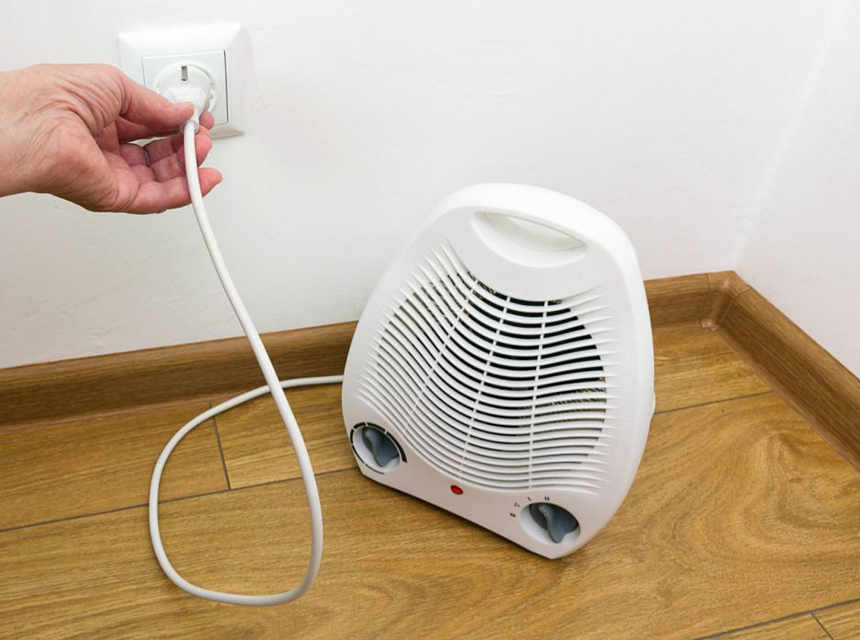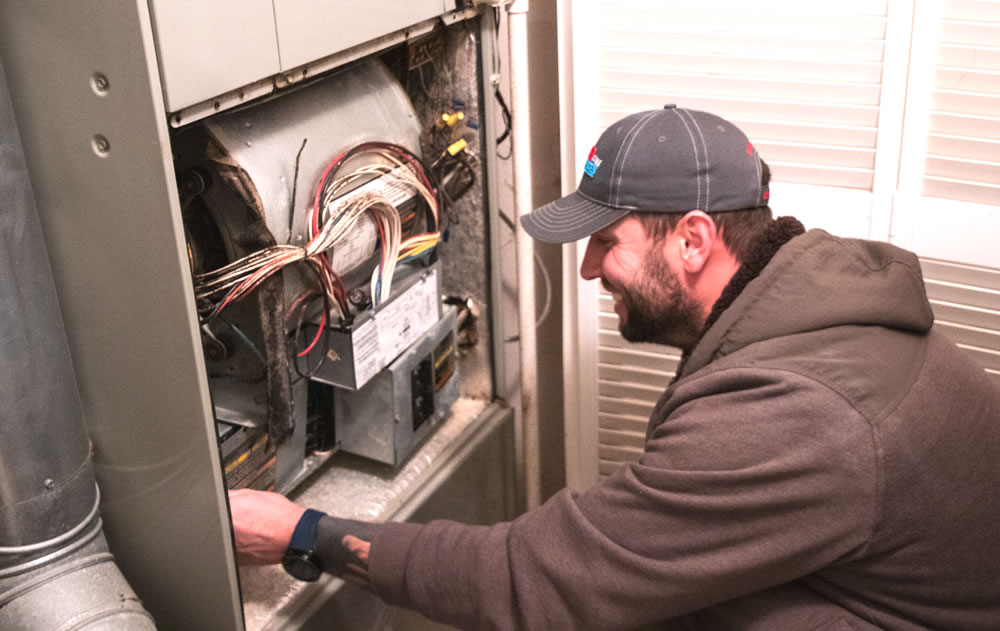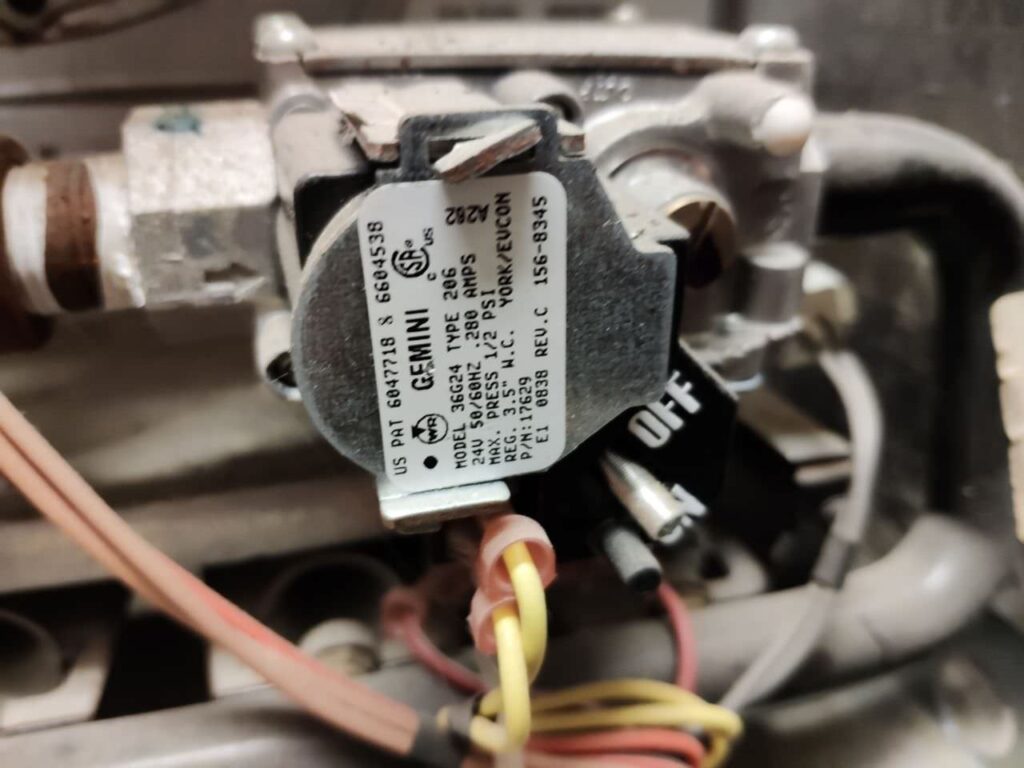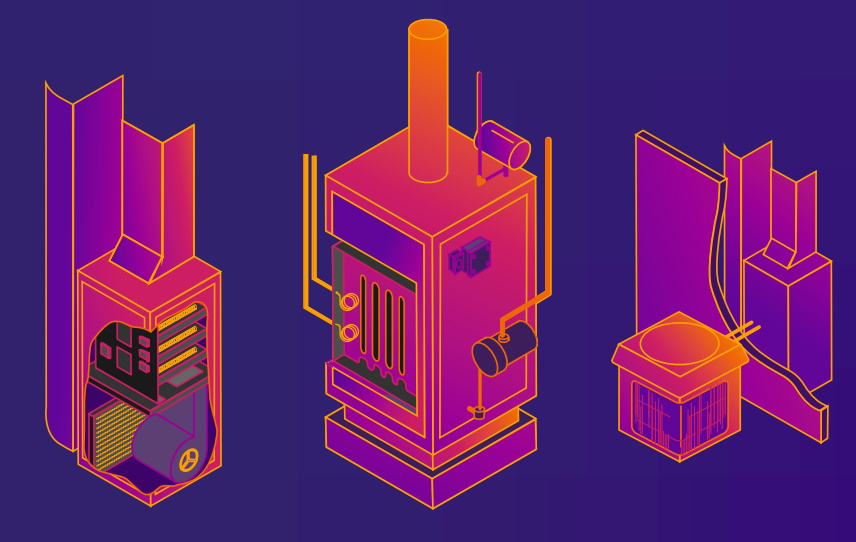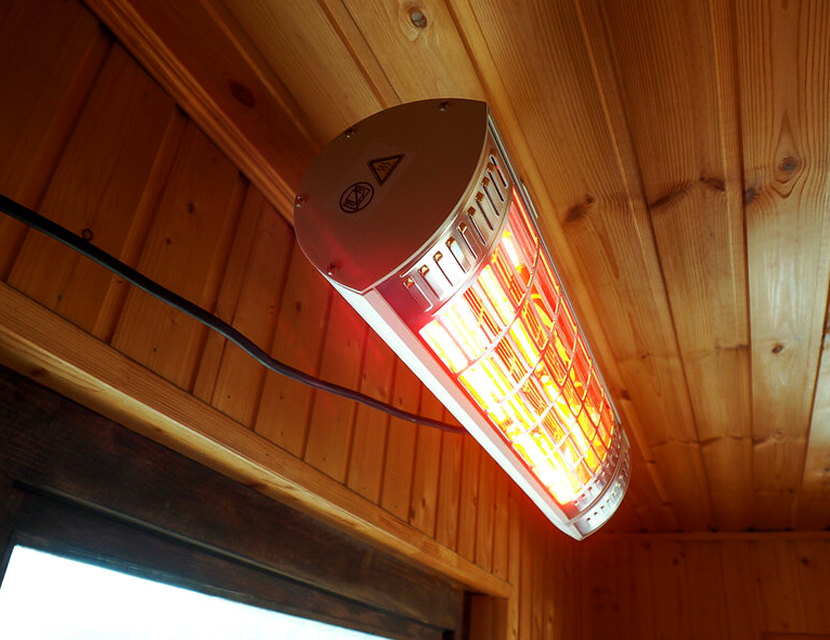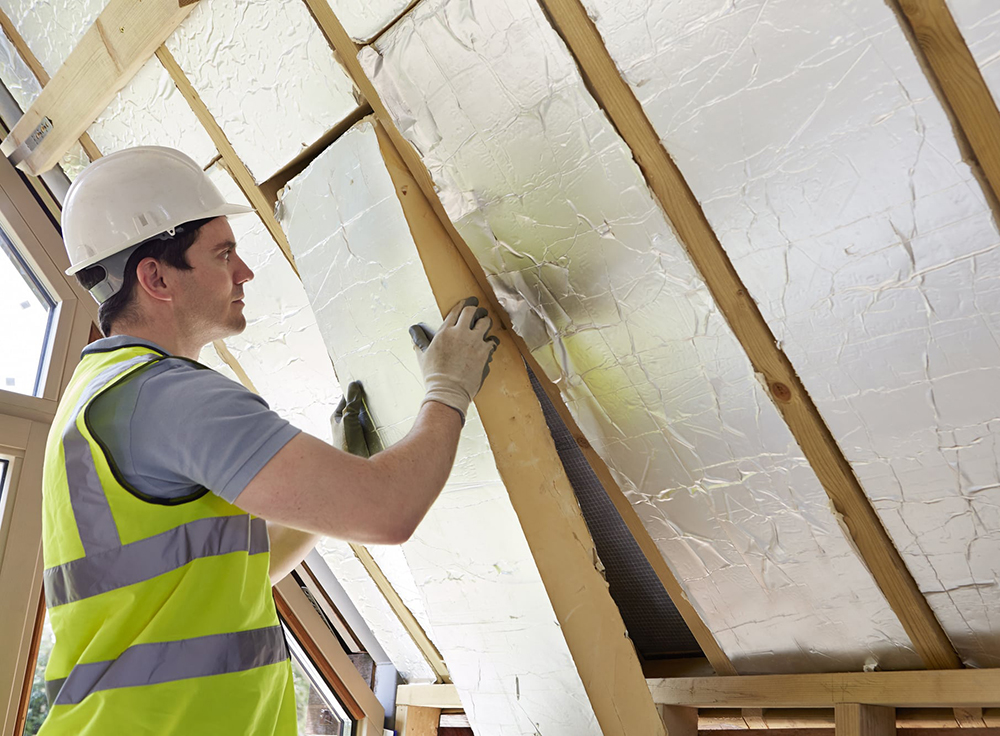

Whenever you’re buying a new furnace or replacing your old one, you might be tempted to go for a heat pump or ramp up the furnace’s efficiency rate and do better, but the question would remain, ‘should I buy an 80% or 95% efficiency furnace?’
Although the higher percentage looks like a better choice, that’s not always the case and it’s up to you to determine which of them would better suit your home and your needs. In this guide, we would explore some elements and factors that you should keep in mind before deciding which of the efficiencies you should go for.
Furnaces and boilers have levels of efficiencies that have evolved. Furnace efficiency is measured by the AFUE, which is the annual fuel utilization efficiency. The furnace efficiency is a measure of how efficient your furnace is in converting the fuel energy to heat for your home over a year. The US Federal Trade Commission requires furnace manufacturers to include the AFUE in the specifications so that consumers can be sure of what to expect.
The AFUE is measured by the ratio of annual heat out of the furnace to the total annual fossil fuel energy consumed by the furnace. So, if you have an 80% furnace efficiency, it means that 80% of the fuel energy turns to heat to warm up your home while the other 20% becomes waste and goes through the chimney. But for 95% AFUE, you get 95% of heat from the fuel energy and 5% of heat energy.
Keep in mind that the AFUE calculation does not account for the heat losses caused by the piping or duct system. If the duct system goes through an unconditioned or partially conditioned space, the waste can be way higher than what it is supposed to be. Understanding the furnace efficiency would help in deciding which one is best for you.
When you understand how to calculate furnace efficiency, you might think that it’s pretty simple to decide which of the furnaces is better. But just because the 95% furnace works more efficiently than the 80% furnace doesn’t mean the former is the better choice.
The two furnaces work differently and are also different in terms of costs and safety.
While 80% furnaces use atmospheric combustion to warm up your space, while 95% furnaces utilize sealed combustion. For atmospheric combustion, the 80% AFUE furnace would work by drawing air from inside your home and combine it with natural gas from the furnace’s burn to create combustion.
As for sealed combustion, which is what the 95% furnace efficiency uses. The furnace would include a combustion chamber which is used to take air from outside the home, and this chamber would be sealed off from the house. The outside air would be used to create heat.
The two furnace efficiencies are also different in terms of safety. If your furnace is in a vented space, the general combustion process, whether sealed or atmospheric, does not pose a safety risk. But, if you’re using it in an unvented environment, the 95% furnace works better because it is sealed off from the room and does not require in-home air.
On the other hand, the 85% furnace would be unsafe for unvented spaces and better fitted for more open spaces since it requires air from the room.
If you’re installing an 80% efficiency furnace in a crawl space or a vented attic, there won’t be much of a difference in the cost if you install a 95% furnace instead. But keep in mind that installation is more expensive and trickier for the 95% furnace because you have to create a pathway for air to get into the unit from outside. While for the 80% furnace, you don’t need to create a pathway.
These differences are why an important factor for choosing the best furnace is location. It’s hard to go for the 95% furnace when you realize how expensive it is to install it in a vented space, but at the same time, there are safety risks that come with installing an 80% furnace in an unvented and enclosed space.
So, when you have to deal with this dilemma, it all comes down to location.
When trying to decide whether you should use 80% or 95% furnace efficiency, there are different things to consider. One of these two furnaces is right for you, and it’s up to you to decide which one is so that you can benefit from the unit, especially during the winter months.
The first thing you need to think of when you’re buying anything that is meant to provide heat or warm you up is the climate. If you’re living in a cold climate, the winter months would feel even harsher and you might need the furnace during summer. But for warmer climates, your furnace might not run as often as you’d expect.
If you’re living in a warm climate, you won’t need a 95% furnace to keep your bills down since they would be low anyway, but in a colder climate, you would, because your energy bills would be high.
So, the 80% furnace is more inclined to be used in warm climates than the 95% furnace. And the latter would do great in cold climates, since it is more efficient.
The space you need to heat, or your house, is also an important consideration to put in mind. The bigger the space is, the bigger your furnace should be. And the bigger your house, the more sensible a high-efficiency furnace would be. The furnace would already take up a lot of energy trying to heat a large space, and so you can save money by getting a 95% efficiency furnace.
But if you live in a small space, then an 80% efficiency would be more cost-efficient, because installing a 95% furnace won’t be worth it. The furnace can take in the air from the room and create heat without too many costs.
If you’re looking at the initial cost of the furnace from when you purchase and install it, it’s not surprising that the 80% efficiency unit is a much better pick since it is more affordable. The 95% furnaces require more costs because you would have to spend money on creating a pathway from the place you are placing your furnace to the outside where the unit would draw air in and create heat.
With an 80% furnace, you just need a vented room and you’re good to go. So, the 95% furnace usually costs between $500 and $1,200 more than the 80% furnace, depending on whether you go with the single-stage heating CFM blower or the two-stage heating ECM variable-speed blower.
Also, if you’re planning on only upgrading your unit to a 95% furnace, you would have to replace the vents and the drain which are extra costs, unlike with the 80% furnace which requires no other replacements.
It also costs more to maintain a furnace with 95% efficiency than it would for that with 80% efficiency. Maintenance usually involves servicing and cleaning, and there’s more to take care of with the former than there is with the latter. This means that you would spend more money on ensuring the former is still working.
High-efficiency furnaces require more repair and maintenance to get the unit working properly and consistently. You would have to pay more attention to the 95% furnace and hire a professional for maintenance services. Either way, you should maintain both furnaces regularly.
Now that we have compared the two furnace efficiencies together, the main question is which one you should go for. Well, you should pick one furnace depending on the situation.
If you already have an 80% furnace in a vented space and want to replace it, then you shouldn’t bother upgrading. Instead, stick to a new 80% furnace that is a two-stage unit with variable airflow. You should also choose this furnace if you don’t have a large purchase and maintenance budget.
If you want a furnace for a space that is enclosed, you would do better with a 95% furnace. This furnace would also be best if you already have a chimney in your home or your main aim is to live more energy efficiently.
So, consider the situation in the space you’re heating and your budget, and choose one furnace based on that. And if you find furnace efficiency confusing, just go for a heat pump.
In conclusion, regardless of the furnace that you pick, it’s important to stay safe and put measures in place to protect yourself and your family. Regularly maintain your furnace and ensure the installation is done by a professional. You should also not use an atmospheric combustion furnace in an enclosed space for safety reasons.
Putting all of these in mind, you can enjoy all cold days in warmth with your efficient furnace.
